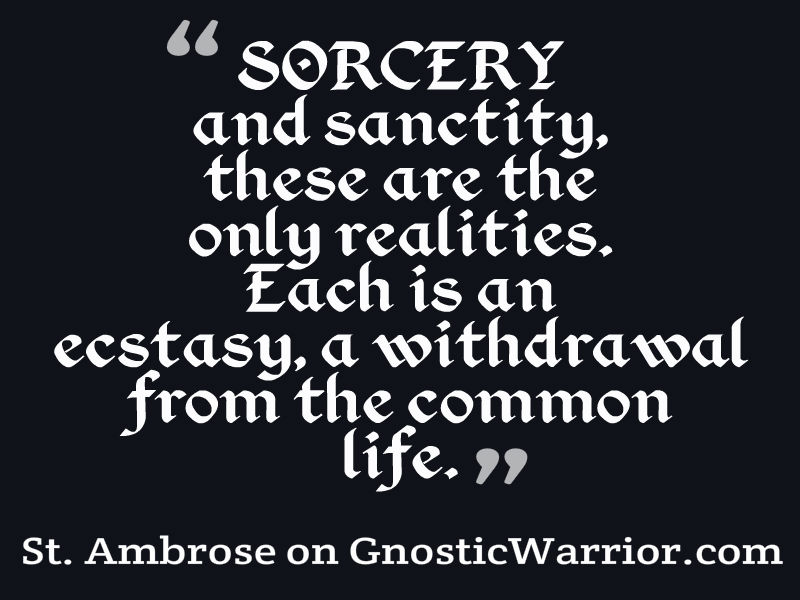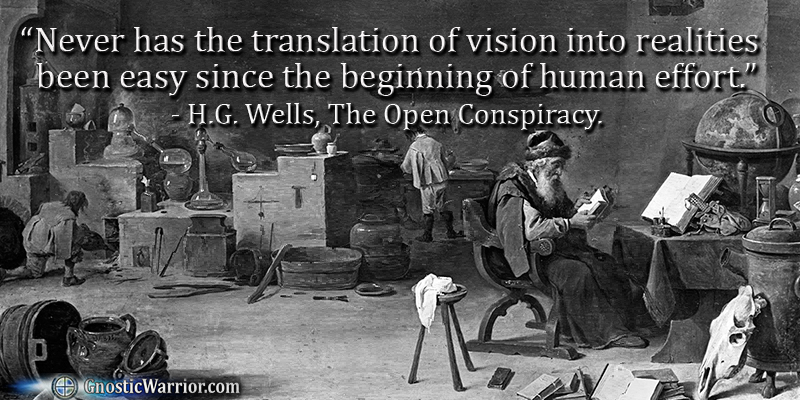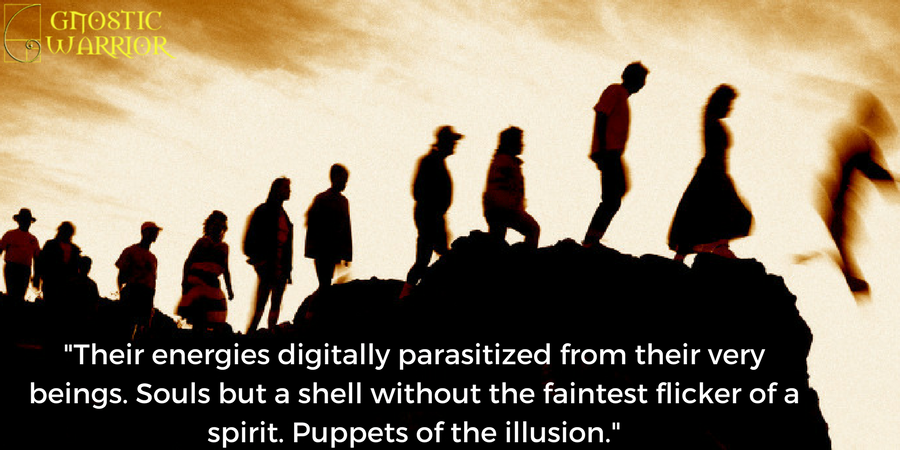The reader who would obtain a clear idea of the commutation of forces and the resemblance between
the life-principles of plants, animals, and human beings, may profitably consult a paper on the correlation of nervous and mental forces by Professor Alexander Bain, of the University of Aberdeen. This mandragora seems to occupy upon earth the point where the vegetable and animal kingdoms touch, as the zoophites and polypi do in the sea; the boundary being in each case so indistinct as to make it almost imperceptible where the one ceases and the other begins. It may seem improbable that there should be homunculi, but will any naturalist, in view of the recent expansion of science, dare say it is impossible? “Who,” says Bain, “is to limit the possibilities of existence?”
The unexplained mysteries of nature are many and of those presumably explained hardly one may be said to have become absolutely intelligible. There is not a plant or mineral which has disclosed the last of its properties to the scientists. What do the naturalists know of the intimate nature of the vegetable and mineral kingdoms? How can they feel confident that for every one of the discovered properties there may not be many powers concealed in the inner nature of the plant or stone? And that they are only waiting to be brought in relation with some other plant, mineral, or force of nature to manifest themselves in what is termed a “supernatural manner.” Wherever Pliny, the naturalist, AElian, and even Diodorus, who sought with such a laudable perseverance to extricate historical truth from its medley of exaggerations and fables, have attributed to some plant or mineral an occult property unknown to our modern botanists and physicists, their assertions have been laid aside without further ceremony as absurd, and no more referred to.
It has been the speculation of men of science from time immemorial what this vital force or life-principle is. To our mind the “secret doctrine” alone is able to furnish the clew. Exact science recognizes only five powers in nature — one molar, and four molecular; kabalists, seven; and in these two additional ones is enwrapped the whole mystery of life. One of these is immortal spirit, whose reflection is connected by invisible links even with inorganic matter; the other, we leave to every one to discover for himself. Says Professor Joseph Le Conte: “What is the nature of the difference between the living organism and the dead organism? We can detect none, physical or chemical. All the physical and chemical forces withdrawn from the common fund of nature, and embodied in the living organism, seem to be still embodied
Page 467
in the dead, until little by little it is returned by decomposition. Yet the difference is immense, is inconceivably great. What is the nature of this difference expressed in the formula of material science? What is that that is gone, and whither is it gone? There is something here that science cannot yet understand. Yet it is just this loss which takes place in death, and before decomposition, which is in the highest sense vital force!”
Difficult, nay impossible, as it seems to science to find out the invisible, universal motor of all — Life, to explain its nature, or even to suggest a reasonable hypothesis for the same, the mystery is but half a mystery, not merely for the great adepts and seers, but even for true and firm believers in a spiritual world. To the simple believer, unblessed with a personal organism, the delicate, nervous sensitiveness of which would enable him — as it enables a seer — to perceive the visible universe reflected as in a clear glass in the Invisible one, and, as it were, objectively, there remains divine faith. The latter is firmly rooted in his inner senses; in his unerring intuition, with which cold reason has naught to do, he feels it cannot play him false. Let human-born, erroneous dogmas, and theological sophistry contradict each other; let one crowd off the other, and the subtile casuistry of one creed fell to the ground the crafty reasoning of another one; truth remains one, and there is not a religion, whether Christian or heathen, that is not firmly built upon the rock of ages — God and immortal spirit.

Moe is the founder of GnosticWarrior.com. He is a father, husband, author, martial arts black belt, and an expert in Gnosticism, the occult, and esotericism.





![How the South Saxons received Eadbert and Eolla, and the West Saxons, Daniel and Aldhelm, for their bishops; and of the writings of the same Aldhelm [705 A.D.] | Book 5 | Chapter 17 How the South Saxons received Eadbert and Eolla, and the West Saxons, Daniel and Aldhelm, for their bishops; and of the writings of the same Aldhelm [705 A.D.] | Book 5 | Chapter 17](https://www.gnosticwarrior.com/wp-content/plugins/contextual-related-posts/default.png)